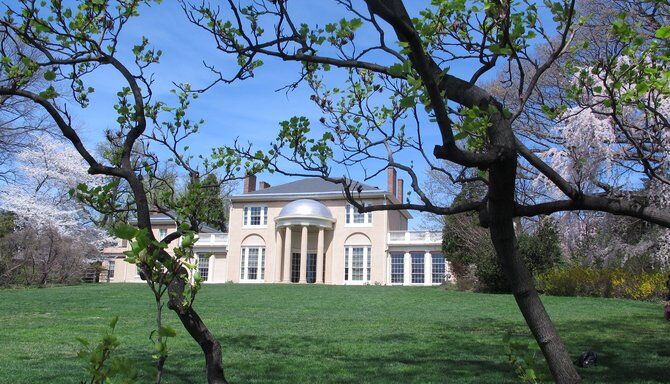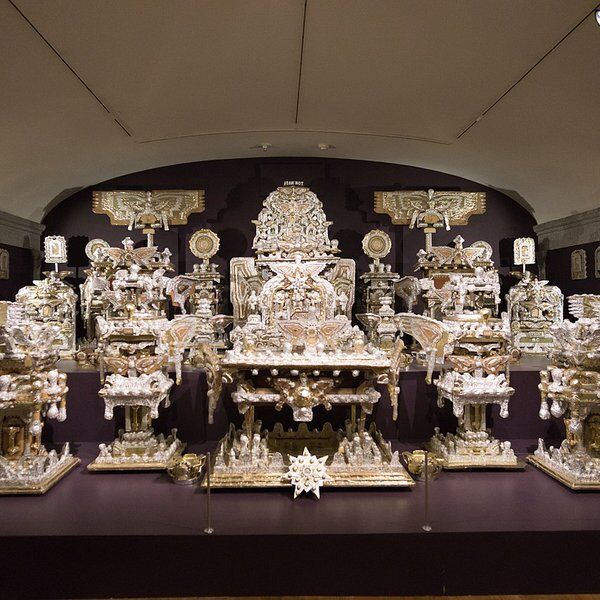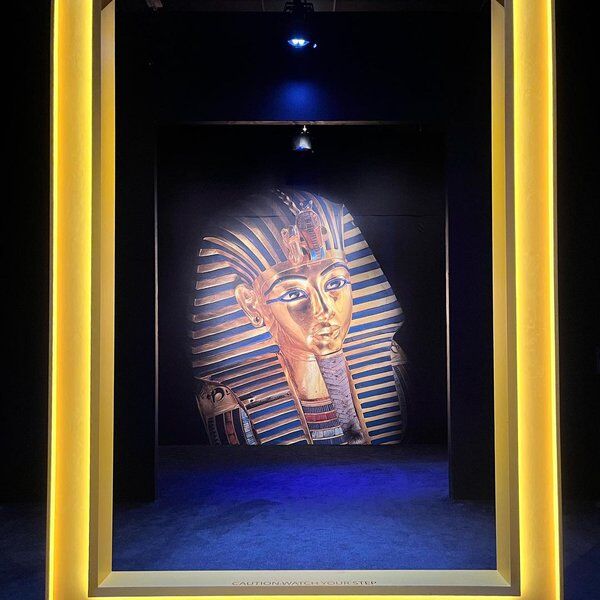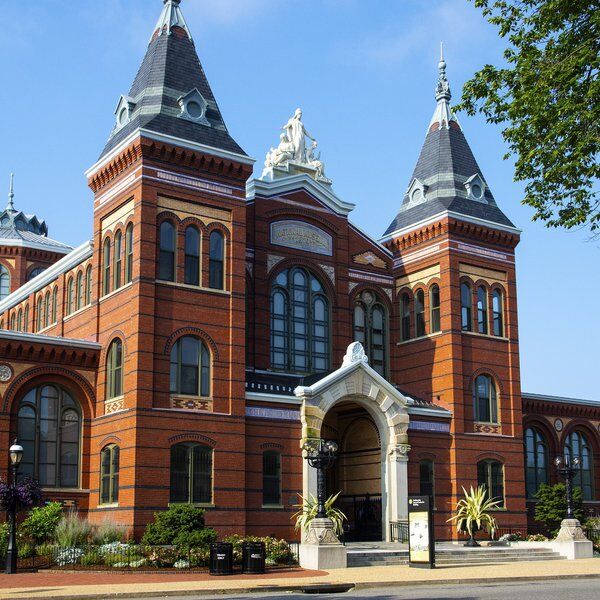Discover Tudor Place in Washington D.C.
Tudor Place, in the historic neighborhood of Georgetown in Washington, D.C., is a Federal-style mansion, once the residence of the prominent Peter family, who were direct descendants of Martha Washington.
Exploring the mansion offers visitors a unique glimpse into the past. It’s more than just a house—it's a living museum that preserves the legacies of six generations, from its founding in the early 19th century to its public opening in the late 20th century.
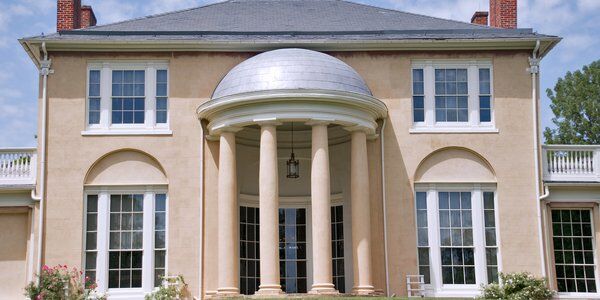
The History of Tudor Place
Origins of the Mansion
The story of Tudor Place begins in 1805 when Thomas Peter, a wealthy landowner, and his wife Martha Parke Custis Peter, granddaughter of Martha Washington, acquired the land that would become their family estate. The property was part of the "Rock of Dumbarton" tract, which had a grand view of the Potomac River from Georgetown Heights.
The couple hired Dr. William Thornton, the architect of the United States Capitol, to design their home. Thornton crafted a neoclassical masterpiece, integrating two existing structures with a central block featuring the iconic domed Temple Portico—a design element that was unique among American residences.
For more great views of the Potomac River, click here: Netherlands Carillon.
Through the Years
Tudor Place served as a family home for nearly 200 years, during which it was a frequent gathering place for the Peter family and their many guests, including Important figures, such as the Marquis de Lafayette. The home was not only a place of celebration but also of sorrow, reflecting the triumphs and tragedies of the generations that lived there.
After Martha Peter’s death in 1854, her daughter, Britannia Peter Kennon, inherited the estate. The home continued to be a family residence until the 1980s, when Armistead Peter III, the last private owner, laid the groundwork for its preservation as a public museum. Amistead’s vision ensured that Tudor Place would remain a significant part of American heritage and it went on to gain recognition as a National Historic Landmark in 1960.
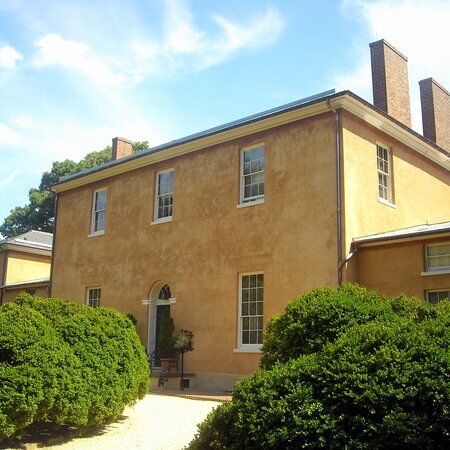
The Tudor Place Museum and Collection
Today, Tudor Place is a museum on the history and culture of early America. The estate’s collection is vast, with over 18,000 objects that include decorative arts, fine art, textiles, ceramics, silver, and personal artifacts from the Peter family and their enslaved workers. Among the most prized possessions are items that once belonged to George and Martha Washington, making Tudor Place the largest repository of Washington family memorabilia outside of Mount Vernon.
Visitors to the museum can explore the house, which has remained largely unchanged from Armistead Peter III's inhabitance. The meticulously preserved rooms, from the formal dining area to the private family quarters, reflect the lifestyle of an elite D.C. family in the 19th and early 20th centuries.
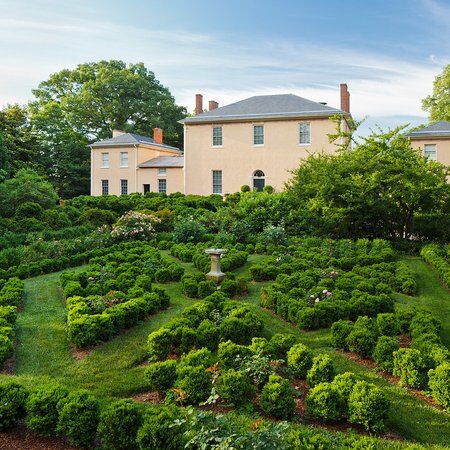
Archives and Library
In addition to its physical collection, Tudor Place houses an extensive archive of approximately 250,000 items. This archive includes personal papers, correspondence, diaries, maps, and financial records that document the social and economic history of Georgetown and the Peter family. The archive is a valuable resource for historians, scholars, and anyone interested in American history.
Confronting Slavery
Tudor Place does not shy away from the darker aspects of its history. The estate was built and maintained with the labor of enslaved people, a reality that the museum addresses through its exhibits and educational programs. Martha Parke Custis Peter inherited 90 enslaved individuals from her grandmother, Martha Washington, and their stories are an integral part of the narrative at Tudor Place. The museum honor’s their memory by providing a fuller, more honest account of their lives and contributions.
Special Exhibitions: Ancestral Spaces
Running until October 13, Tudor Place presents "Ancestral Spaces: People of African Descent at Tudor Place," which is a special exhibition looking at the historic house through the lens of the enslaved and free African Americans, who lived and worked there. It has been created by collaborating with the descendants of these individuals.
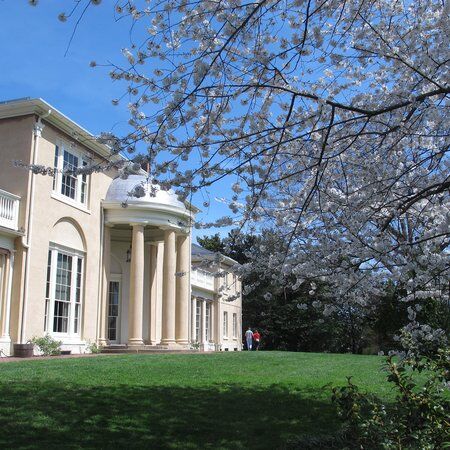
Gardens and Features of Tudor Place
The Evolution of Tudor Place Gardens
The gardens at Tudor Place were originally used for agricultural purposes. Over time the gardens gradually evolved into decorated spaces of recreation. The Peter family, through generations, made conscious efforts to preserve original design elements, like the Witness Trees, while adapting the landscape to suit their changing needs and tastes.
Witness Trees
Among the many features of the Tudor Place gardens are the "Witness Trees". These ancient trees have witnessed many important events over the years, like the Great White Oak, which stood for approximately 160 years before it fell in 2019. During its lifetime, this oak has witnessed the Civil War, shaded Union officers, and even provided cover for President Grover Cleveland as he watched tennis matches on the East Lawn.

Garden Features Today
Today, Tudor Place gardens, covering five and a half acres, are a place of beauty and a site of historical preservation, with efforts underway to restore native vegetation. They are divided into two distinct sections, which include terraced lawns, formal gardens, and rare plant species.
- North Garden: This section is characterized by its formal European-inspired design, with carefully arranged flower beds, historic boxwood, and ornamental shrubs. It reflects the early influences of the Peter family and their European tastes.
- South Lawn: In contrast, the South Lawn embraces an English landscape style with open lawns, mature trees, and heirloom plants. It offers a more natural setting.
Each aspect of the garden tells its own story, from the refined beauty of the roses in the Box Knot to the expansive greenery of the Bowling Green. The South Lawn, with its relaxed atmosphere, is perfect for spreading out a blanket and enjoying a picnic.
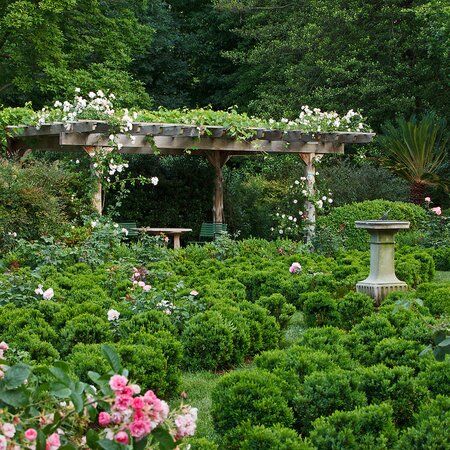
Commitment to Preservation
Tudor Place is a prime example of careful preservation, balancing the need to protect its historical integrity with the demands of modern sustainability. The Master Preservation Plan and generous donations have ensured that the architecture, extensive collections, and heritage landscapes are carefully maintained so Tudor Place can continue as a landmark of national significance and a vital resource for the Georgetown community.
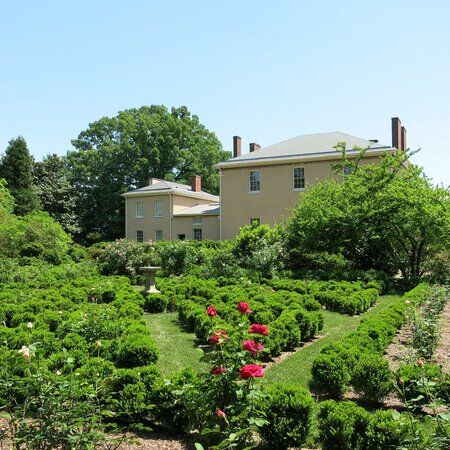
Visiting Tudor Place
Tudor Place has a range of visiting options to accommodate different interests and needs.
- Guided Tours: These tours provide an in-depth exploration of the Peter family’s legacy and the site's collection of over 18,000 decorative objects. They are available Tuesday to Saturday from 10:00 am to 4:00 pm, and Sundays from noon until 4:00 pm, with the last tour starting at 3:00 pm. Advance booking is advised, but walk-ins are also welcome.
- Self Guided Tours: The gardens are open for self-guided visits during the same hours. Visitors can pick up an illustrated garden map at the Visitor Center and explore the grounds at their own pace.
- Group Tours: For group visits, Tudor Place offers customized guided tours that can accommodate up to 45 people.
- Special events: Events like the Tea & Tour packages, allow guests to experience the estate in a more intimate setting. These events are perfect for occasions like bridal showers or baby showers.
Tudor Place is committed to being accessible to all visitors. The first floor of the historic house can be made accessible for visitors with wheelchairs, and a virtual 3D tour is available for those who prefer or need to explore the house from home. Parking is limited in the area, but the site is easily accessible via public transportation, including nearby Metro stations.
Visitors can also explore the Museum Store, which has a variety of exclusive Tudor Place items, including locally made objects and books on local history. The store is open during regular site hours and provides a perfect opportunity to take a piece of Tudor Place home with you.
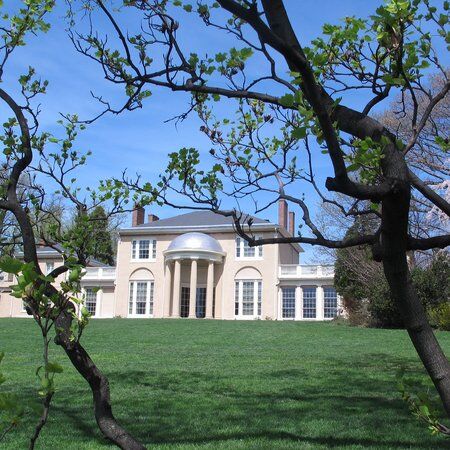
Explore Beyond Tudor Place with CityDays
While Tudor Place offers a deep dive into the past, there's much more to explore in Washington, D.C., and beyond. At CityDays, we offer engaging scavenger and treasure hunt tours, perfect for team-building exercises and adventures.
Our tours are designed to help you discover hidden gems and learn fascinating facts about your surroundings. Whether you're planning an event in Houston or looking for team-building activities across the globe, CityDays has an adventure waiting for you.
For more information about our Washington, D.C. Scavenger Hunts then click here: Washington DC Scavenger & Treasure Hunts | CityDays
